4 Efficient Ways to Find Your Passwords
Apr 27, 2022 • Filed to: Password Solutions • Proven solutions
Passwords are known as the backbone of secure web browsing. They make using devices and apps safer. You have an account for your app, system, or website. It means you also have a username and password for the same services.
Sometimes, you write your passwords everywhere, from random paper pieces to the deep corners of your computer. With time, you forget it and are unable to log in to your apps or other services.
Another case is that, nowadays, you do not need to fill password again and again as once you log in on PC, it gets saved on the browser. But, when you plan to change the system or update it, you may lose the saved passwords in the browser.
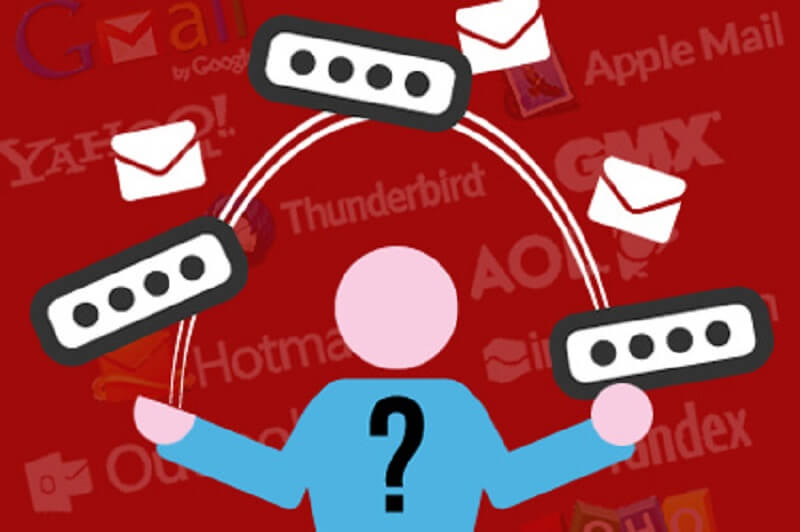
So, this is the time when you need to know few tricks to find your passwords. You can find your passwords in the following ways:
Part 1: How to Find Password on Mac?
Do you forget your WiFi password? Are you unable to remember your password? Do not panic if your system automatically fills in your passwords and does not remember what they are.
There are different ways to find your passwords on a Mac system. You can find your passwords for both websites and emails conveniently.
You can easily find the passwords and other details stored in the Keychain Access app pre-installed on all Macs.
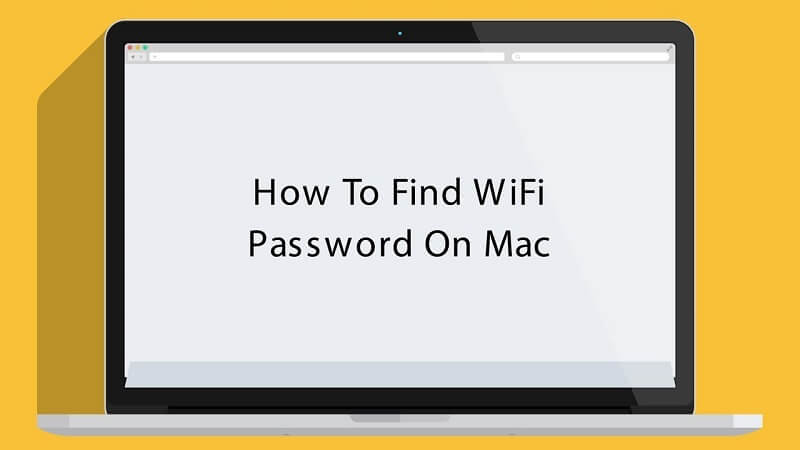
Here are some steps to find your passwords using Keychain Access:
Step 1: Open a Finder window and look at the applications in the left sidebar. Tap on the Applications folder.
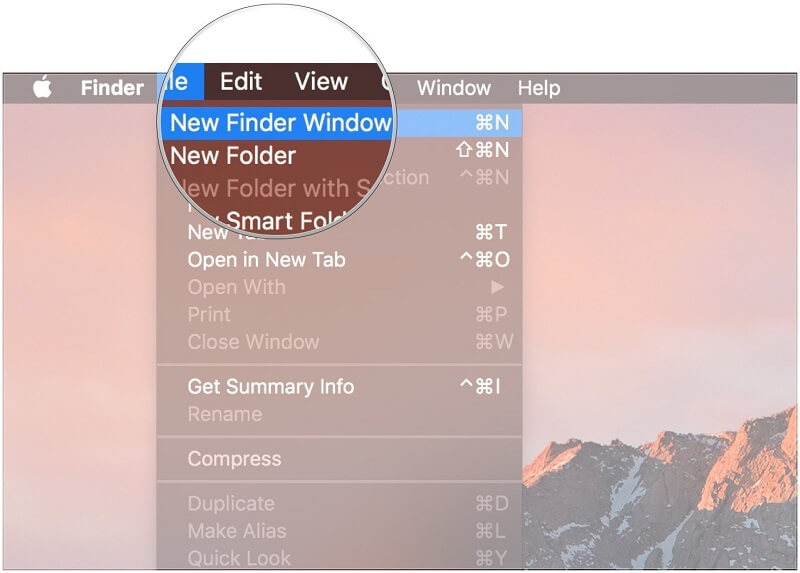
Step 2: Look for utilities inside the Applications folder and open it.
Step 3: Open Keychain Access. You can also take the help of a spotlight search at the top-right side of the menu bar.
In the search bar, type Keychain Access. Then, access the spotlight by pressing Command + Space on the keyboard.
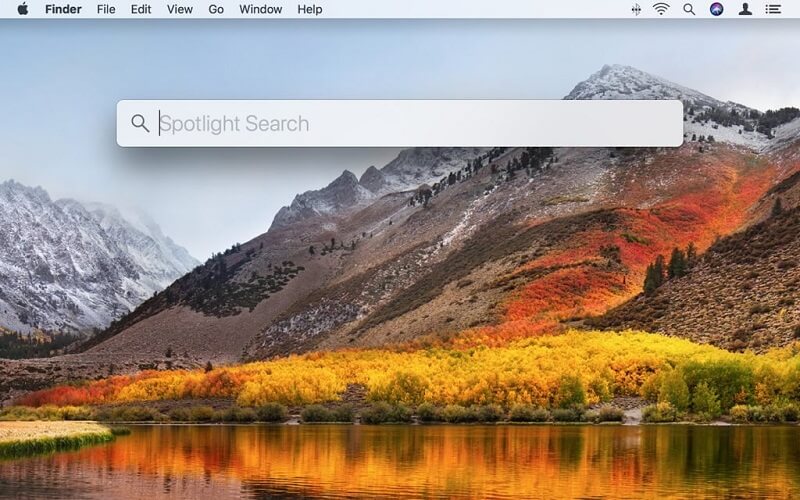
Step 4: Under Category, find passwords on mac in the bottom-left corner of the window and click on it.

Step 5: Enter the application or website address whose Password you want to know. When you changed the Password, you will look at more than one result. Search for the latest one.
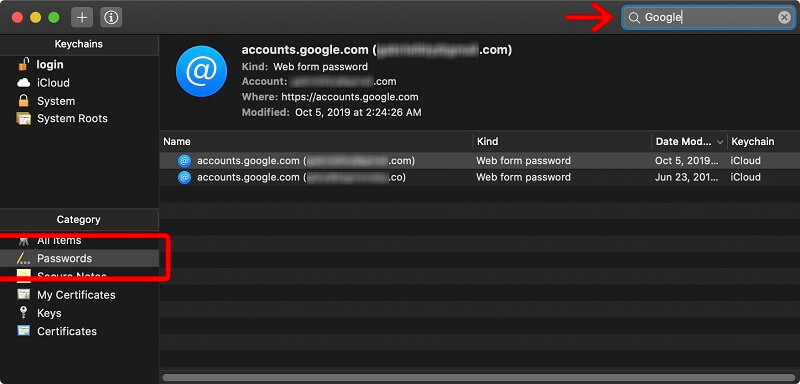
Step 6: Once you find what you are looking for, double-click on it.
Step 7: When you click on the Show Password box, it will prompt you to input the system password.
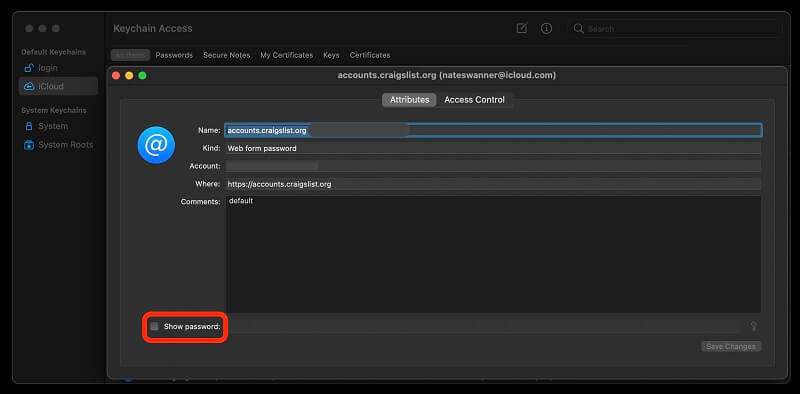
Step 8: While logging in to your computer, fill in the Password.
Step 9: You will see the Password you want.
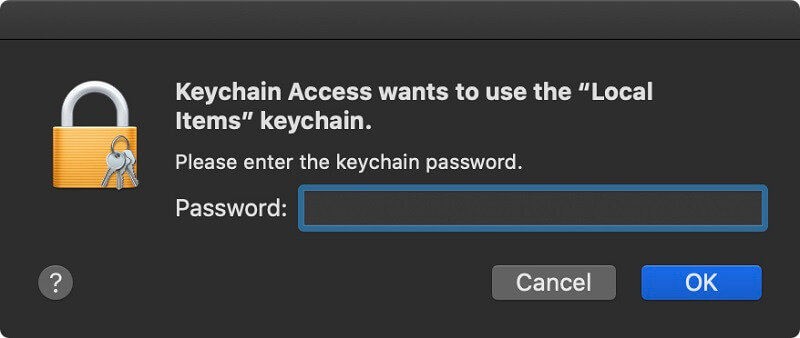
Part 2: How do I Find my passwords on Google Chrome?
All browsers can store your passwords. For example, Google Chrome is doing a great job of keeping all your usernames and passwords.
However, what will happen if you want to access a specific website through another device and forget your password?
Do not worry; Google Chrome will rescue you.
You can conveniently go to settings to access the saved passwords list.

Below are the steps to find your passwords on Google Chrome:
Step 1: Open Google Chrome on the computer. Click on the three dots on the upper right-hand side of your computer screen. It will open the Chrome menu.

Step 2: Click on the "Settings" option.

Step 3: On the settings page, scroll down to the "Autofill" section and click on the "Passwords" option. It will directly open the password manager.
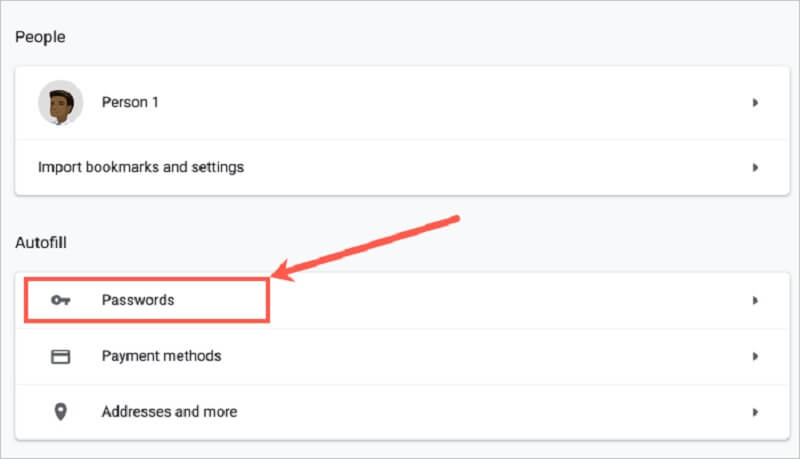
Step 4: The list of websites you previously whose passwords chrome saved previously will appear on the screen. You can see passwords as series of dots on the device.
Step 5: To view any password, tap on the eye icon.
Step 6: To hide the Password, click on it again.
Part 3: How to Find Hidden and Saved Passwords in Windows?
Have you forgotten your password? If yes, you can easily find it if you have saved it somewhere in your system, which runs on Windows. You can access the windows saved passwords to check if it is there or not.
Usually, windows stores a list of all the saved passwords and can let you access them when required. Windows save these passwords from web browsers, WiFi networks, or other services used on the computer.
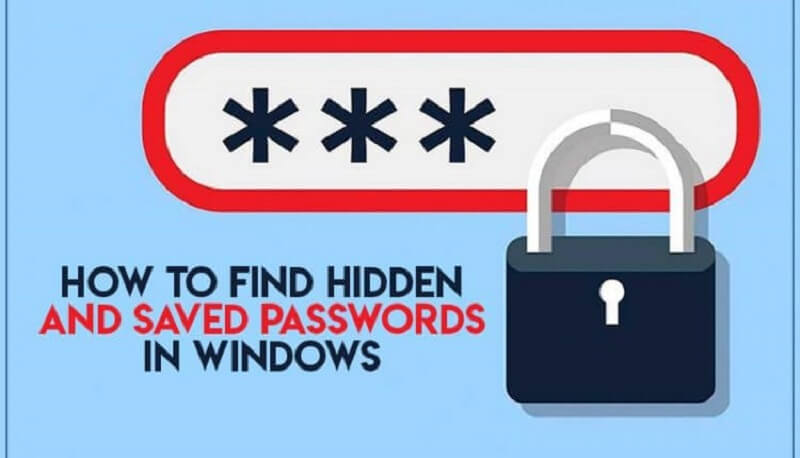
You can easily reveal these passwords. There is a built-in tool on the computer which allows you to do it.
3.1 View Windows Saved Passwords Using The Credentials Manager
Windows 10 have a Windows Credentials Manager feature that saves your login credentials. It tracks all your web and Windows passwords and allows you to access and use them when required.
It mainly stores web passwords from Internet Explorer and Edge. In this tool, Chrome, Firefox, and other web browsers' passwords do not appear. Instead, check the settings menu of such browsers to find and access your passwords.
Follow the steps below:
Step 1: Use Cortana search, look for Control Panel and open it.

Step 2: Click on the "User Accounts" option.
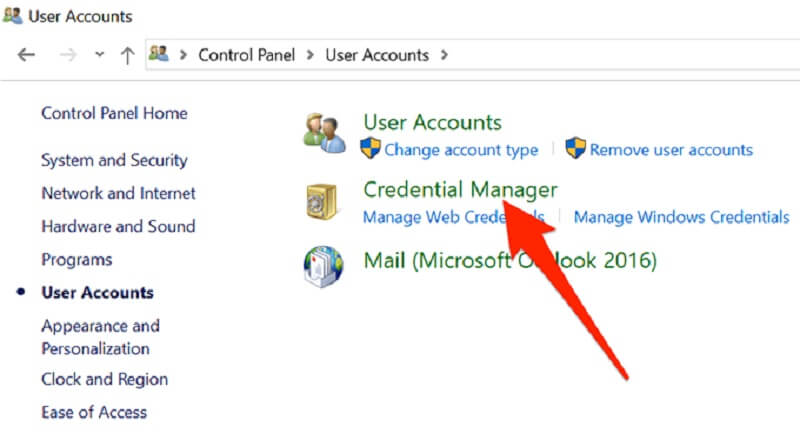
Step 3: On the next screen, you can see the "Credential Manager" option. Click on it to access the tool on your system.
Step 4: Once the Credential Manager opens, you can see the following two tabs:
- Web Credentials: This section hosts all the browser passwords. These are your login credentials to various websites.
- Windows Credentials: This section stores the other passwords like NAS(Network Attached Storage) drive passwords, etc. You can only use it if you are working in the corporates.

Step 5: Click on the down-arrow icon to reveal the Password. Then, tap on the "Show next to Password" link.

Step 6: It will demand your Windows account password. If you use a fingerprint to unlock the system, you have to scan it to continue.
Step 7: You can instantly look at the Password on the screen.
3.2 View Saved WiFi Passwords On Windows 10
Unfortunately, you are not able to view saved WiFi passwords in Credentials Manager. However, there following are other ways to access the Windows saved WiFi passwords:
-- Use Command Prompt To Reveal Saved WiFi Passwords
The Command Prompt utility enables you to perform several tasks on the computer. One of them is to let you view the saved WiFi passwords.
You can use the command prompt to retrieve a list of all the networks.
Then you can select the network whose Password you want to view.
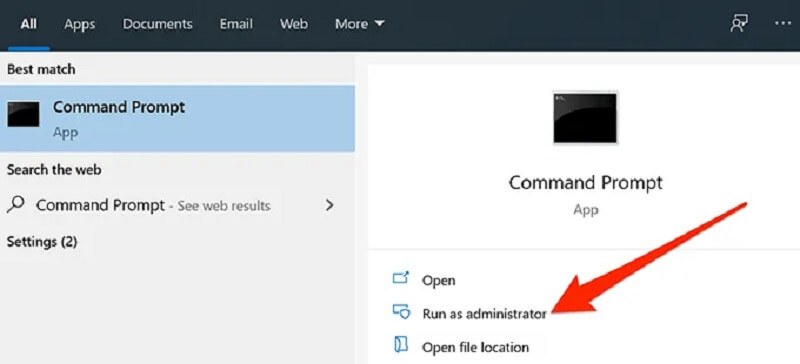
-- Use An App To Access Saved WiFi Passwords
If you want to frequently access the saved WiFi passwords, the command prompt is not a good option. It requires you to enter a command each time you wish to see a password.
A better way is to use a password finder online that enables you quickly and easily reveal the Windows saved passwords.
Part 4: Manage Passwords with Dr.Fone - Password Manager
You all have different login accounts and passwords in the present era, which is very difficult to remember. So, many companies have made password managers.
These password managers work for memorizing and creating a unique and secure password for every account. In addition, this software help you remember all your credentials with different features like IP address, sharing of user accounts, etc.
You only need to remember the master password manager. Dr.Fone - Password Manager (iOS) is one of these password managers that manage user credentials by creating high security by minimizing the risk of data theft.
It is one of the easiest, efficient, and best password managers for iPhone with the following features:
- If you forget your Apple ID and cannot remember it, you can find it back with the help of Dr.Fone - Password Manager (iOS).
- You can use Dr. Fone's password manager for managing user accounts with long and complicated passwords.
- Use Dr. Fone to quickly find passwords of various mail servers like Gmail, Outlook, AOL, and more.
- Do you forget the mailing account you access into your iPhone and cannot remember your Twitter or Facebook passwords? If yes, then use Dr. Fone - Password Manager (iOS). You can scan and recover your accounts and their passwords.
- When you do not remember your Wi-Fi password saved on the iPhone, use Dr. Fone - Password Manager. It is safe to find the Wi-Fi Password on iPhone with Dr. Fone without taking many risks.
- If you can not remember your iPad or iPhone Screen Time passcode, use Dr. Fone - Password Manager (iOS). It will help you to recover your Screen Time passcode quickly.
Steps to Use Dr.Fone - Password Manager
Step 1. Download Dr. Fone on your PC and select the Password Manager option.
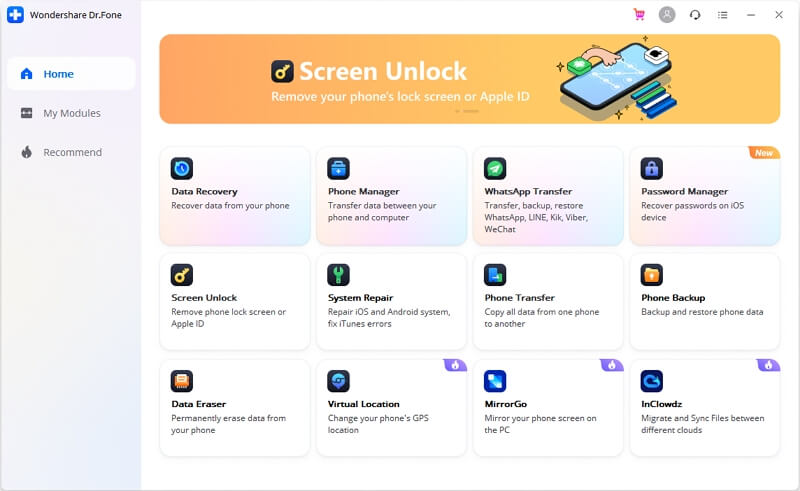
Step 2: Connect your PC to an iOS device with a lightning cable. If you view a Trust This Computer alert on your system, tap on the “Trust” button.
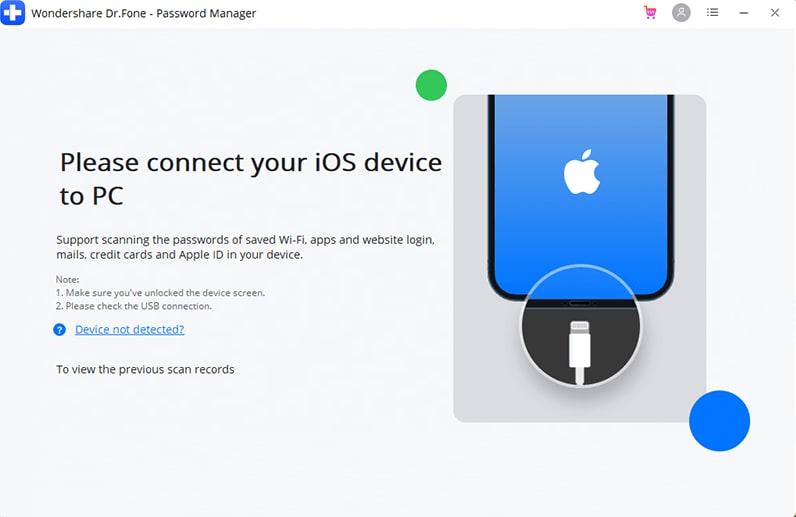
Step 3. Click the “Start Scan” option. It will help you to detect your account password on your iOS device.

Step 4. Now search for the passwords you want to find with Dr. Fone – Password Manager.
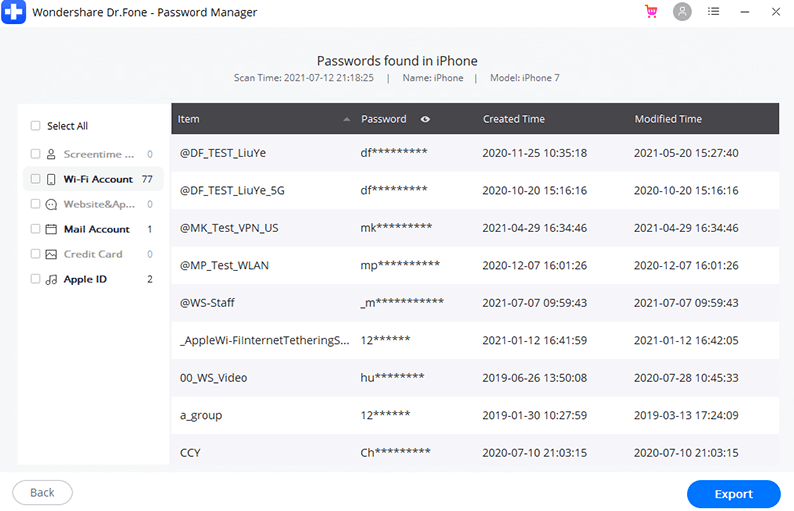
Keeping security in mind, use different passwords for every website you visit. Instead of trying to memorize different passwords, use Dr.Fone - Password Manager.
These applications create, store, manage and find passwords easily.
Final Words
We hope that now you have learned the various ways to find your passwords. Using Dr. Fone - Password Manager to manage and store your passwords on an iOS device is always better.

Daisy Raines
staff Editor
Generally rated4.5(105participated)